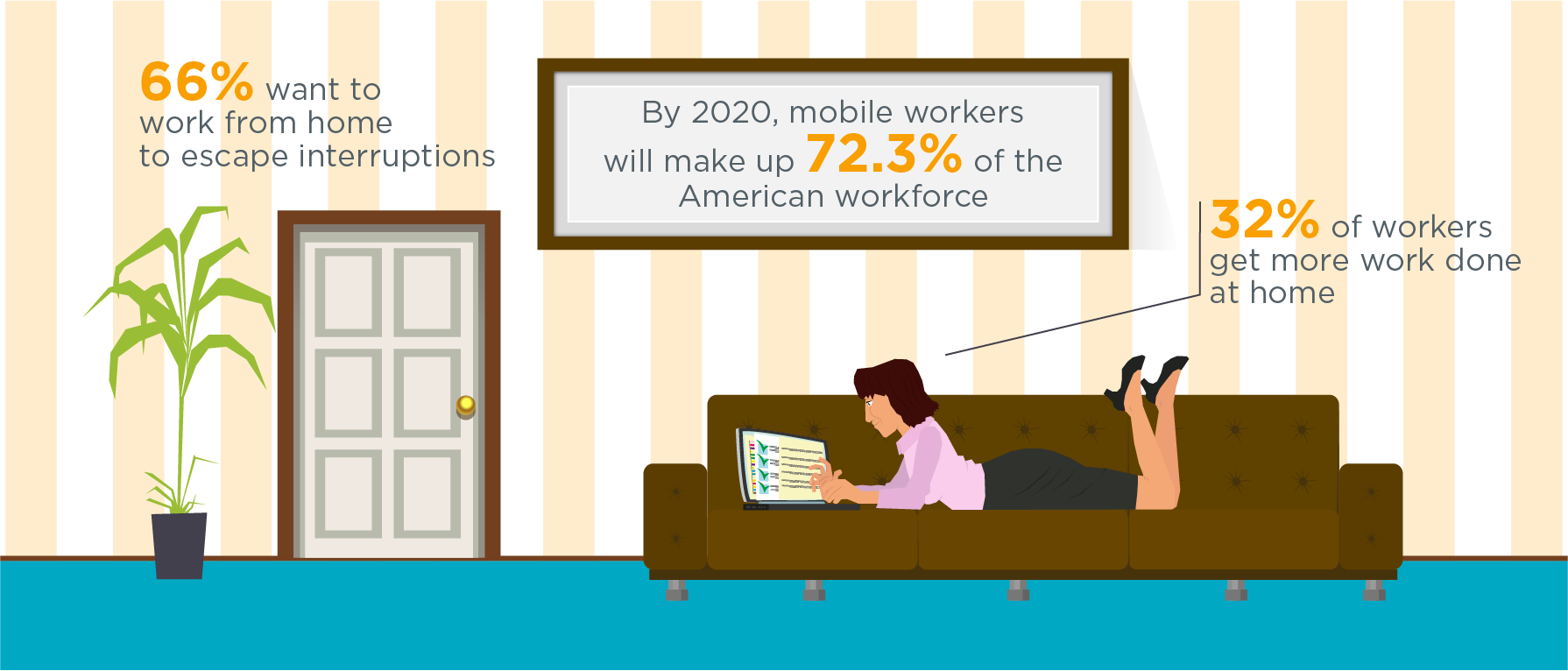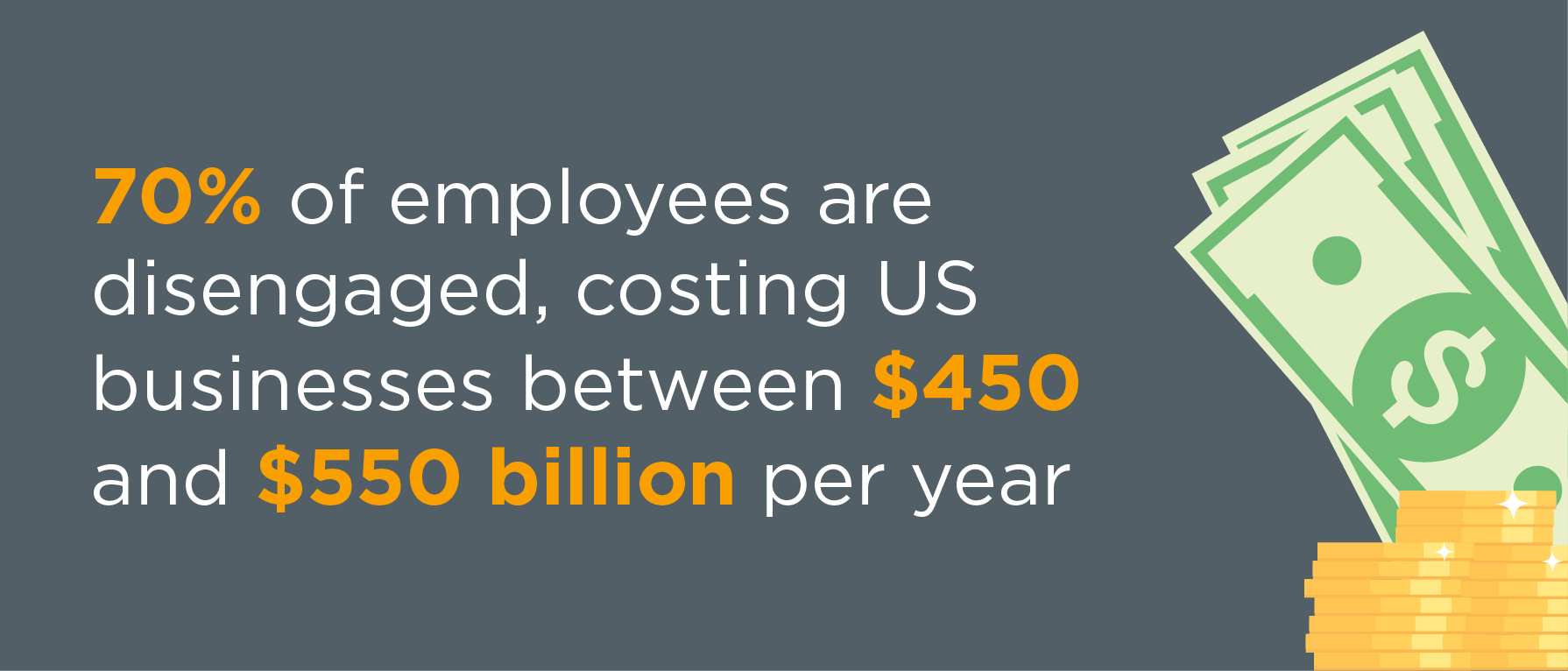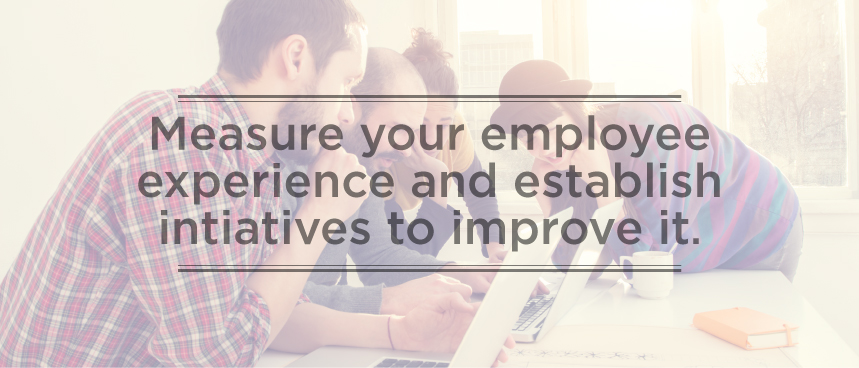The world of work is changing. Not only that, but the ways in which we understand and communicate about work are changing as well. Much of this is due to the internet. Some is due to socioeconomic factors, such as the Great Recession in the U.S. – but that isn’t the focus of this article. Without going too far in depth, some of the causes can be quickly discerned.
According to a Gallup poll, the average number of hours worked in the U.S. is 47 per week, almost a whole day more than the expected 9-5 schedule. 39% of working adults say they work 50 hours or more each week, making work the main life focus of nearly half the employed population of the country. This is not new, and the amount of time spent at work has remained steady for a long time now. However, long work hours have combined with other fresh realities.
Globalization and the rise of mobile workers are two factors that are much more recent phenomena. The International Data Corporation predicts that by 2020 mobile workers will make up 72.3% of the American workforce. This includes those who work part of their time in a corporate office and part in a home office, as well as those who work in field locations instead of an office environment. These numbers may also be pushing the number of hours worked higher than officially acknowledged – mobile workers are often productive outside their “normal” working hours.
The rise of the digital workplace is a third factor influencing the new reality of work. The app economy has made electronic tools for all manner of problems available in abundance, enterprise tools in intranets, project management software, HR automation software, and much more to assist the day to day internal operations associated with running a business.
All of these realities add up to form an entity that dictates much of the success or failure of a business: employee experience.

What is employee experience?
A recent article in Forbes explains that employee experience is different from just a company’s culture. The article elaborates:
“Employee experience is the combination of three distinct things that exist within any organization regardless of industry, size, and location. The other parts of employee experience [aside from culture] are the technological environment and the physical environment.
“The technological environment is the tools an employee needs to do their job, including the user interface, mobile devices, and desktop computers. An organization should provide relevant and modern tools that allow employees to get their job done.
“The physical environment includes anything that can be seen, heard, touched, and tasted like the desks, chairs, art, and meals. This is crucial because employees spend most of their time inside the organization so it should have a positive effect on them. All three of these aspects should be focused on to create an environment where people want to show up!”
With many thought leaders emphasizing employee engagement, it’s worth explaining how that differs from employee experience. An engaged employee is one who is enthusiastic and proactive in their job and their company in general. There are many factors that contribute to engagement, but it’s fair to say that the elements of employee experience directly influence engagement. In other words, engagement is not the same thing as employee experience but is rather a consequence of it.
Why does this matter?
Employee engagement clearly is an important issue for companies to follow. Not only is disengagement at nearly 70% but it has remained there for years, despite the prominence of commentary around it or the focus on engagement in HR departments. The cost of this trend is dire. Disengagement costs American businesses between $450 and 550 billion dollars per year, and replacing a disengaged employee costs up to 150% of that employee’s annual salary.

Companies still struggle with how to attack the employee engagement problem, and an issue they continually come up against is the difficulty in quantifying employee engagement. How do you eradicate a problem if you have no way of measuring the level of its existence or nonexistence?
Most companies that do measure engagement do so through annual surveys, which ask employees directly whether or not they are engaged. While surveys are helpful, they’re not as scientific as most organizations have grown accustomed to in an age of data. They are far from a perfect tool in improving employee engagement, and this is evident in how engagement numbers have not budged since the issue reached the national spotlight.
The fact is that employee experience is the cause, and engagement is the effect. Attacking low engagement, aside from being difficult to measure, fails to effect long term change because it doesn’t address experience.
Moreover, experience can be much more easily measured and tested than engagement. Because experience is two parts environment and one part culture (which can be further broken down into policies, management styles, and more), the individual components of this are easily switched out and compared with one another. As companies continually improve the employee experience by using those pieces that work the best together, employee engagement will naturally rise as well.
It’s clear that employee experience goes far beyond engagement. Not only that, but experience is arguably much more important for companies to be monitoring closely. If understood as one entity made up of smaller components and having wide ranging consequences, employee experience can be used to positively affect many parts of the business, engagement included.
What can you do?
Luckily, employee experience is more easily actioned than engagement is. We’ve already discussed the three pieces that come together to build it, and we’ve touched on the fact that each of them can break down into smaller component parts. For example, an intranet would be a part of the technological environment of a company. Number of vacation days is part of the company culture. Whether an office uses an open floor plan or cubicles falls under the physical environment.
Break down your company’s employee experience into those component parts, being as thorough as possible. Then, establish goals for the business and connect each part of the employee experience to one or multiple goals. Next, you’ll establish KPIs to show whether or not the components you identified are performing the way you need them to.

For instance, if your intranet is a key piece of your technological environment and you don’t feel that you’ve been getting its full benefits, you might make a KPI intranet participation. The number of people who post on your intranet at least once a week would help you to know how your technological environment is performing and whether or not it’s improving. You can now measure experience and establish initiatives to improve it. This in turn will boost employee engagement, productivity, and have many other positive consequences.




